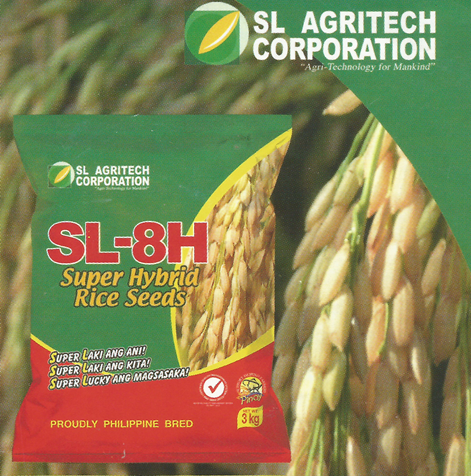You can see rice tarrification as a negative, but you can also see it as a positive.
That is exactly how InangLupa Movement President William Dar sees it. He explains his position in his column "Let Us Rally Behind Our Rice Farmers." Part 1 (04 April 2019, Manila Times, manilatimes.net):
After careful study and analysis, I see RA 11203 as a blessing to the country's rice industry, as it will also force the bureaucracy to rethink its strategy towards the industry, and put in place policies, programs and projects to truly make rice farming in the Philippines truly productive and competitive.
Rice tarrification has been forced upon us by international law; we have to follow the guidelines of the World Trade Organization, WTO, of which the Philippines is a member. But we must protect our rice from the competition of other Southeast Asian rices because now rice importation has been liberalized, and we know that Philippine rice is the most expensive to produce in Asia! As I have already written, quoting from another column of Mr Dar, these are the prices of rices: PH rice P12/kilo, Thailand rice P8/kilo, and Vietnam rice P6/kilo (10 March 2019, "PH Rice Tariffication Law – Billions For Buildup, But Not One Cent For Business!" Journalism For Development, blogspot.com). Like I said there, "Yes Sir, expensively produced PH rice cannot compete with Asean rices even in its own territory!"
Mr Dar says today:
Now is the time to rally behind our smallholder farmers to make our rice industry competitive vis-à-vis our Southeast Asian counterparts. I am strongly positive and enthusiastic about this possibility.
I myself have been trying to wake up the sleepy heads of our national rice officials to help Filipino rice farmers decrease their costs and increase their incomes (see my essay "PhilRice, How About Listening To The Ladies & Making Filipino Farmers Much Happier?" 07 March 2019, Journalism For Development, blogspot.com). The ladies are willing to help the gentlemen become business-minded.
Why is PH rice so expensive to produce anyway? Mr Dar says, "Obviously, the pursuit of rice self-sufficiency in the past decades could be faulted for the high production cost of palay." That is to say, "Never mind the cost, we need to produce more rice!"
There is something good and something bad in the liberalization of rice importation. Mr Dar says, "I categorically agree that rice imports will help lower and stabilize the prices of the commodity in the local market, thus contributing to lower inflation." That is good for the rice consumers; that is bad for the rice farmers – if they don't wake up and drastically cut their total cost of production!
Above image: With hybrid rice, PH farmers can become competitive, but they have to reduce their costs of farming.
Now, here's the possible solution as well as the possible problem. Mr Dar says:
I believe funds are better allocated to farmers of the crop who have the potential to become as competitive as their counterparts in Southeast Asia.
That is thinking inorganic farming – I am thinking organic farming.517





No comments:
Post a Comment